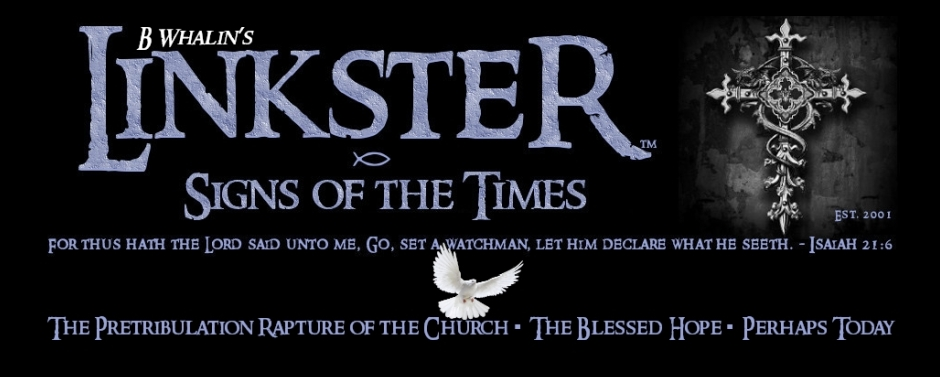

By Dr. Ron Rhodes: How does one define an act of God today that is obviously supernatural but does not fit the narrow definition given above? [See Part 1] Scholars disagree on how to answer this question. Many prefer to use the term “providential act” instead of “miracle” to describe how God often acts today. Others prefer to say that there is both a strict definition and a looser definition of “miracle.” The strict definition focuses on the sign miracles of New Testament times (like turning water into wine, walking on water, or raising someone from the dead). The looser definition applies to some of God’s providential acts in our lives—such as when the milk truck broke down in front of George Müller’s orphanage, thereby providing much-needed milk for the breakfasts of the hungry orphans.
It is essential to understand that the lesser providential miracle involves the hand of God every bit as much as the greater sign miracle. Both are rooted in the divine. As Reformed scholar Charles Hodge put it, “The importance of what are called providential miracles, is not lessened by their being thrown into a class by themselves. They continue to be clear evidence of divine intervention.”[1]
I like Henry Morris’s designation of the sign miracles as “Grade A miracles” and the providential miracles as “Grade B miracles.” Morris writes: “Two kinds of miracles are possible: those which intervene in the operation of natural processes, and those which contravene basic law. For purposes of discussion, we may call these, respectively, miracles of providence and miracles of creation, or, if informality is permitted, Grade B miracles and Grade A miracles.”
It is essential to understand that the lesser providential miracle involves the hand of God every bit as much as the greater sign miracle. Both are rooted in the divine. As Reformed scholar Charles Hodge put it, “The importance of what are called providential miracles, is not lessened by their being thrown into a class by themselves. They continue to be clear evidence of divine intervention.”[1]
I like Henry Morris’s designation of the sign miracles as “Grade A miracles” and the providential miracles as “Grade B miracles.” Morris writes: “Two kinds of miracles are possible: those which intervene in the operation of natural processes, and those which contravene basic law. For purposes of discussion, we may call these, respectively, miracles of providence and miracles of creation, or, if informality is permitted, Grade B miracles and Grade A miracles.”
Connect With John Ankerberg


